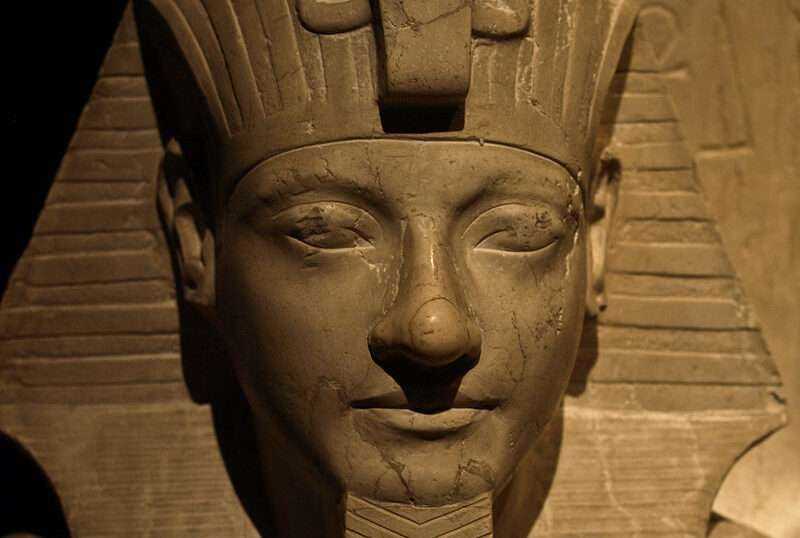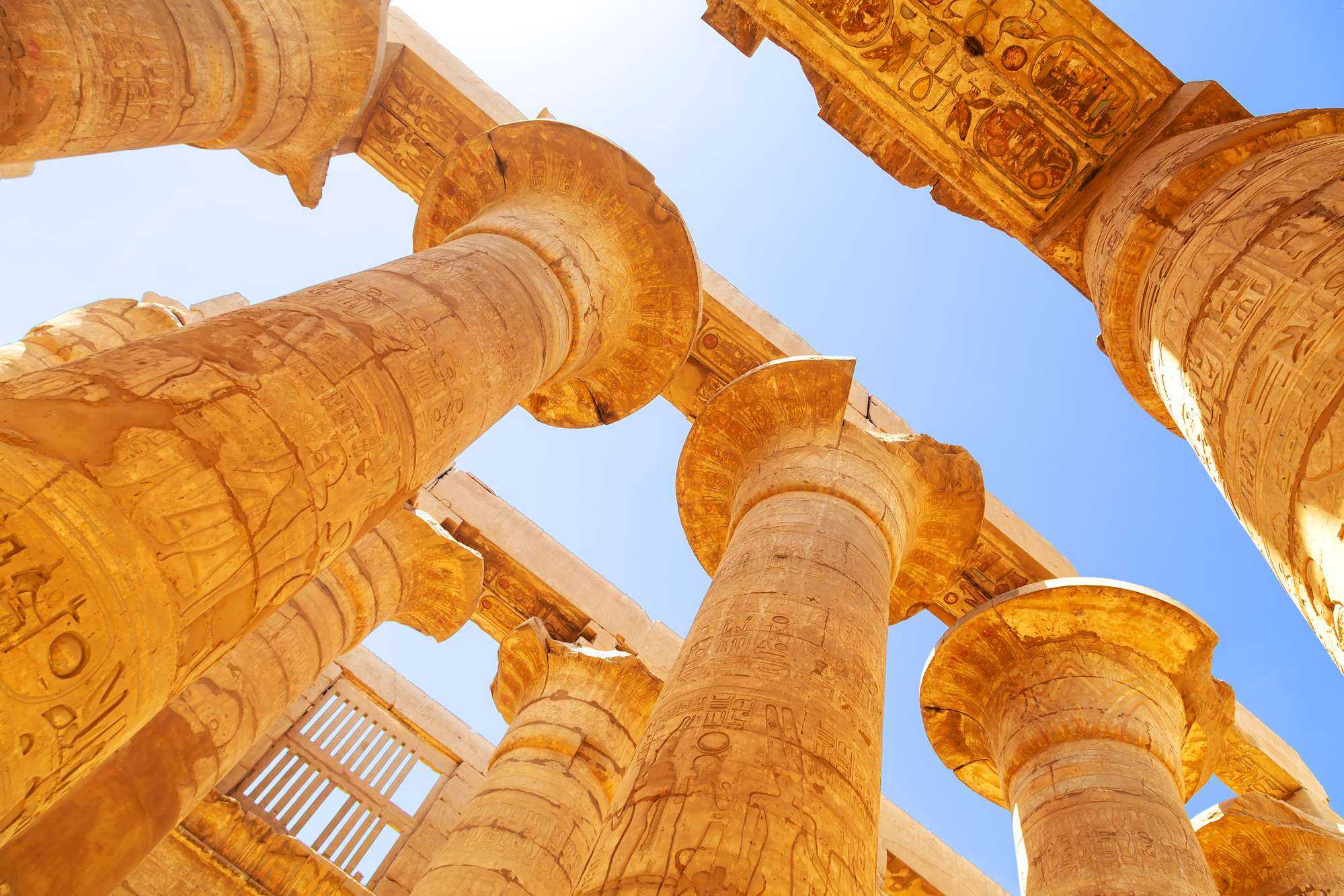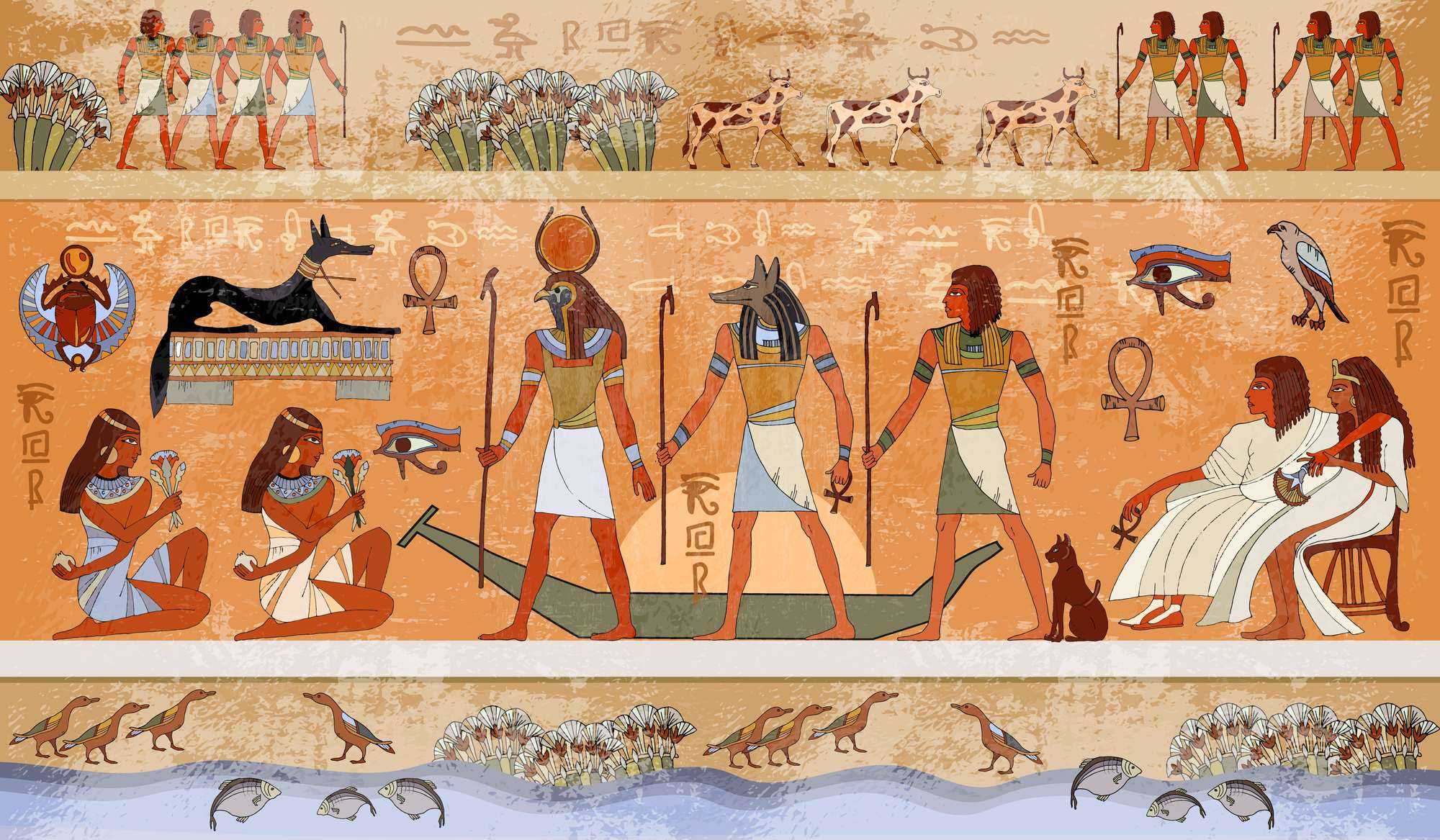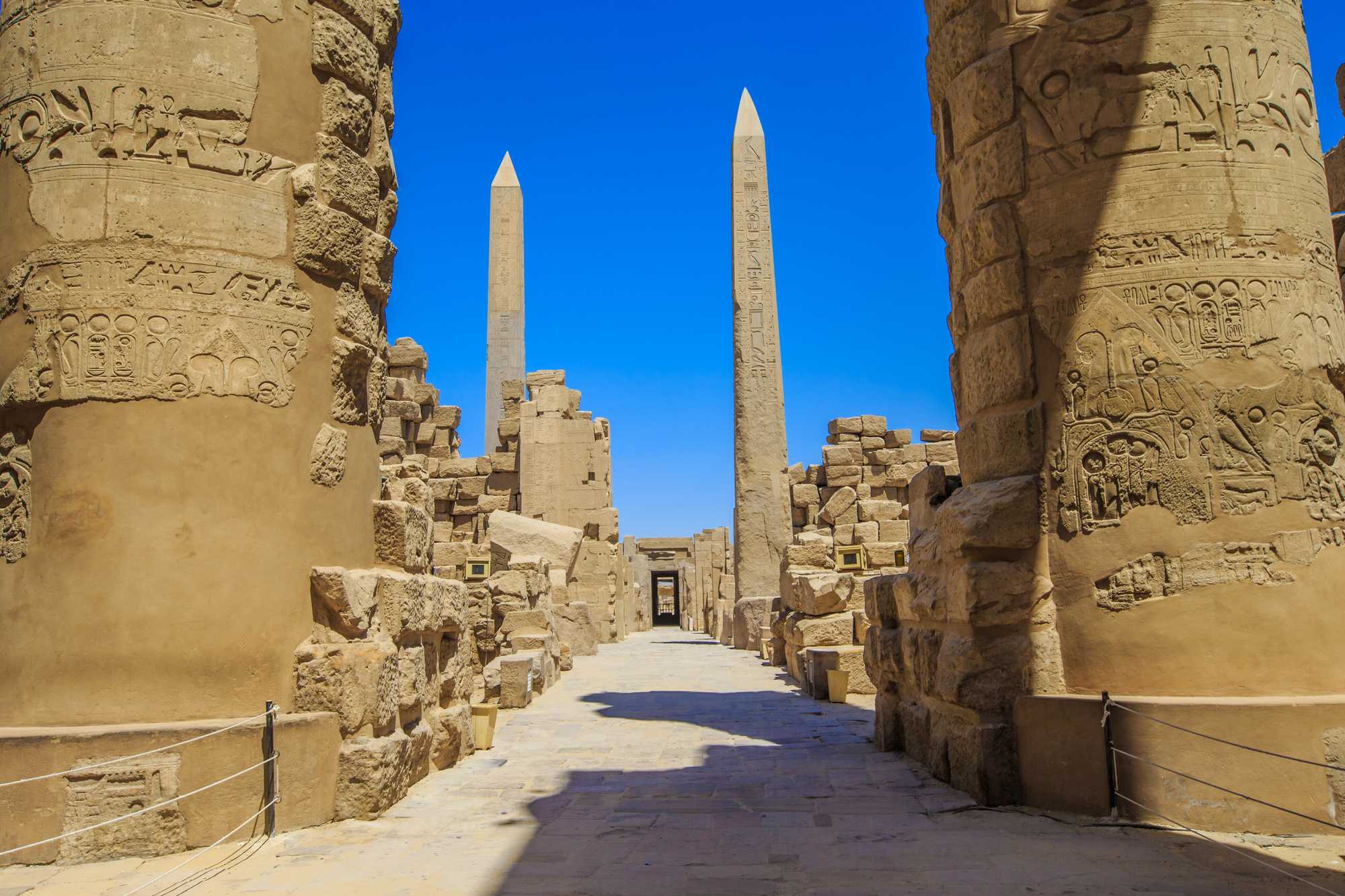African History
Only one person had the gall to finally sit upon the throne and bring Kemet under order

African History
Seti the 1st war correspondents etched along the north wall of the Hypostyle hall; more of his great achievements
African History
Tremendous achievements for the 1st year nesew Seti
African History
Why would he be chosen to be the next nesew? Rameses the 1st – 19th Dynasty circa 1292 -1290 BCE
-

 Community News2 weeks ago
Community News2 weeks agoChemical hair straighteners are causing uterine cancer, fibroid tumors and infertility in women of colour
-

 Community News2 weeks ago
Community News2 weeks ago“Stop egging me on!” Companies are simply getting better at carefully wording things on their packaging
-

 Community News2 weeks ago
Community News2 weeks agoRichard Rooney gifts $5 million to the African Studies Centre and the Centre for Caribbean Studies at the University of Toronto
-

 Community News2 weeks ago
Community News2 weeks agoNot just a reunion; It’s a powerful catalyst for unity and growth. Welcome to the 10thBiennial Jamaica Diaspora Conference
-

 Community News2 weeks ago
Community News2 weeks agoSharp rise in the number of medically assisted deaths in Canada sparks concerns
-

 Community News2 weeks ago
Community News2 weeks agoAmplifying authentic African narratives; the stars came out at the BSO Symposium
-

 Junior Contributors6 days ago
Junior Contributors6 days agoBeneath the waves: Unveiling the legacy of the transatlantic slave trade in the Bahamas
-

 The Poetic Word6 days ago
The Poetic Word6 days agoEverlasting Flames-to be Submitted
































